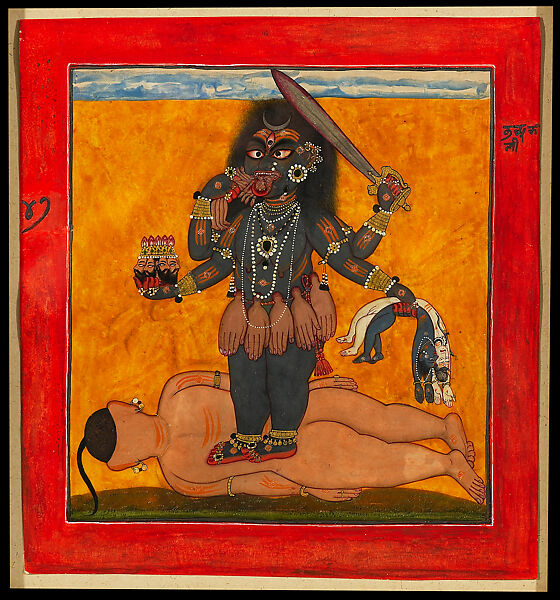
Contributed by David Carrier / Some very successful artists are also collectors, and the art that artists collect can reveal or confirm something about their own work and social attitudes. For example, Edgar Degas’ abundant holdings included works by Édouard Manet, which shows that Degas elevated aesthetic qualities over political beliefs. Unsurprisingly, Pablo Picasso traded art with Henri Matisse. Given Picasso’s obsessive rivalry with the Frenchman, he must have enjoyed keeping score with his frenemy as well as infiltrating Matisse’s collection with his own work. What then are we to make of British painter Howard Hodgkin’s trove of Indian court paintings, now on view at the Metropolitan Museum of Art? Over about 60 years, he acquired 122 of them. We do know that he wanted only the best Indian paintings, and that he himself avoided painting on his visits to India. Otherwise, he didn’t articulate his concerns. What did he learn from the paintings? Why did he value them? His motivations as a collector seem sufficiently opaque as to call for liberal inference if we are to get any kind of fix on them.
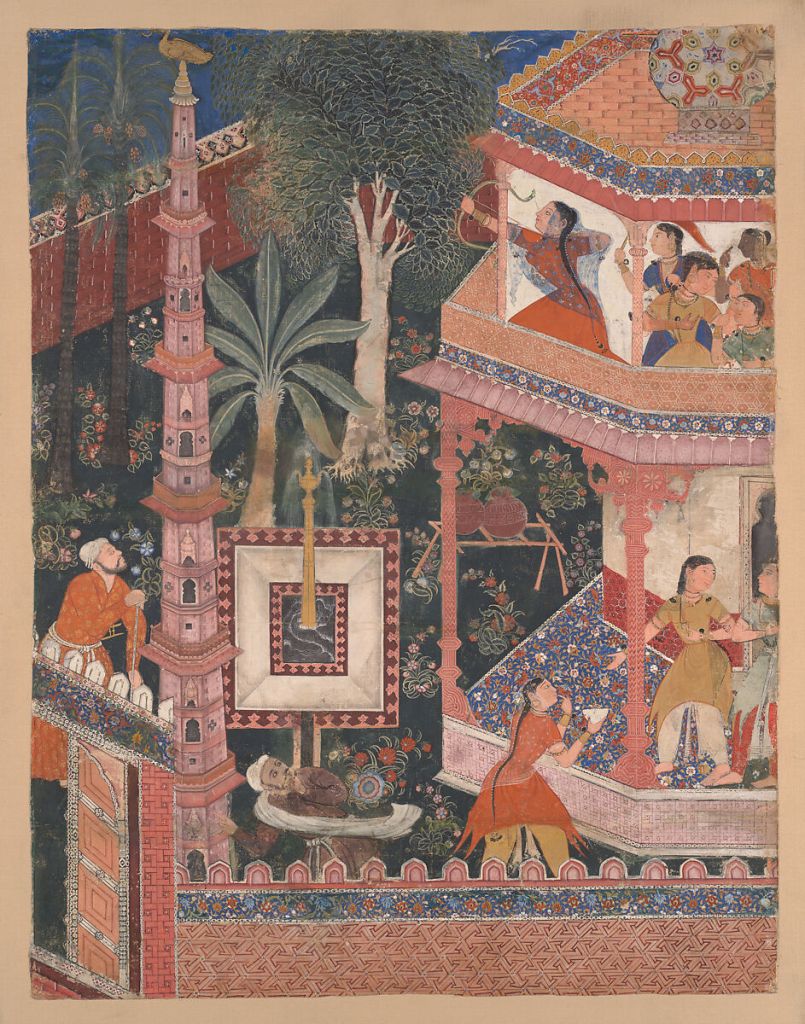
Notwithstanding Britain’s long and close colonial linkage with India, they probably didn’t have much to do with cultural kinship. Many of the Indian works are from the court of the Mogul Emperor Akbar (1556–1605), a Muslim ruler who supported both Hindu and Muslim artists. The intense colors are akin to those of Persian Islamic pictures. Depicted is a life of privilege: elephants being trained, aristocrats hunting, the elite at war riding their elephants. Some paintings, such as Bhadrakali, Destroyer of the Universe and Mihrdukht Aims Her Arrow at the Ring, are of Hindu religious figures. Wedding Procession of Sultan Muhammad Quli Qutb Shah conveys everyday court life. There are also paintings of birds, book covers, and plants as well as portraits.
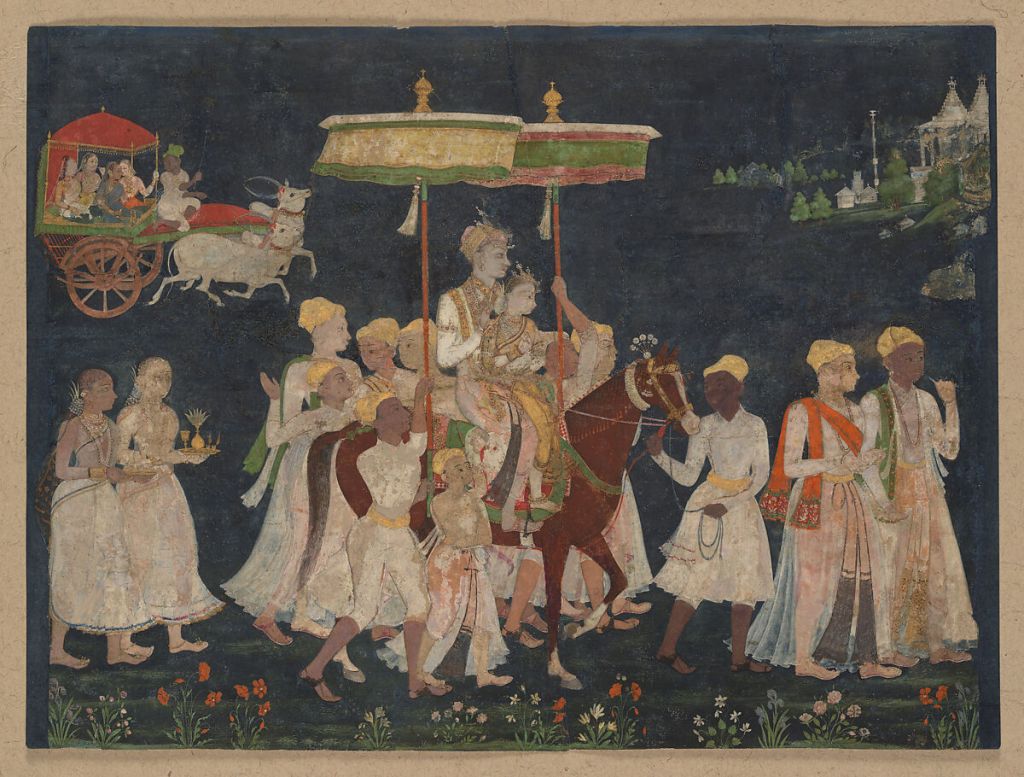
The travels to India of Francesco Polenghi, an Italian painter and contemporary of Hodgkin’s, changed his life. There he met a spiritual director the who inspired him to paint religious abstractions. Hodgkin’s experience of India was completely different. He certainly wasn’t interested in representing the native subjects of his Indian paintings. There’s no obvious sense in which the Indian work he acquired connected or engaged him with Hinduism or Islam, or changed his worldview or cultural outlook. Indeed, his Small Indian Sky, painted in 1990 and included in this show, merely presents a quasi-abstract image, akin to those in Hodgkin’s familiar paintings.
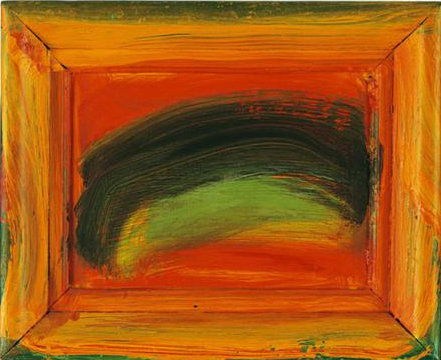

Yet Hodgkin’s early paintings are also somewhat incongruous with the art of his British contemporaries. Perhaps it was helpful for him to find an older body of work to emulate. His paintings don’t look much like the Indian ones. But given what’s involved in making physically small works with their figures set on fields of intensely saturated flat colors, you can see the visual parallels if you look hard enough. That, at least, was my thought as I referred back to the images of his 1995 exhibition at the Met. Maybe Hodgkin just loved Indian art. That isn’t hard to fathom, for the Indian court paintings are undeniably handsome artworks and perfect possessions for an aesthete. They really do stand on their own in the museum. While informed speculation can suggest why they might have inspired him, they don’t need Hodgkin’s imprimatur or advocacy to be admired.
“Indian Skies: The Howard Hodgkin Collection of Indian Court Painting,” The Metropolitan Museum of Art, 1000 Fifth Avenue, New York, NY. Through June 9, 2024.
About the author: David Carrier is a former professor at Carnegie Mellon University; Getty Scholar; and Clark Fellow. He has lectured in China, Europe, India, Japan, New Zealand, and North America. He has published catalogue essays for many museums and art criticism for Apollo, artcritical, Artforum, Artus, and Burlington Magazine. He has also been a guest editor for The Brooklyn Rail and is a regular contributor to Two Coats of Paint.



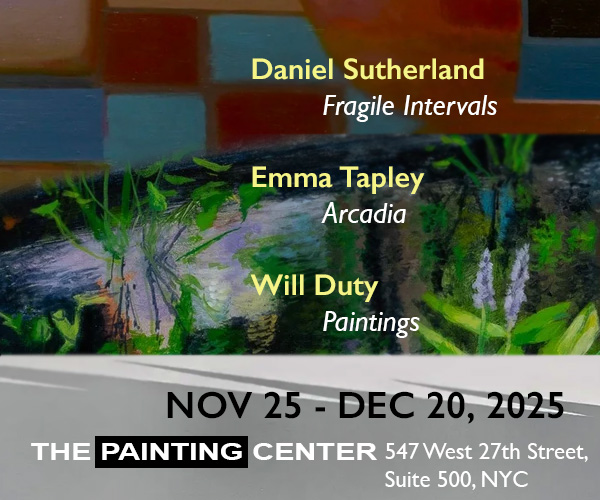
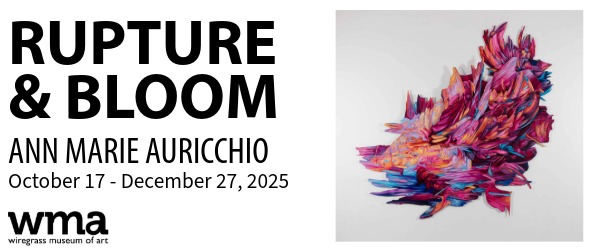














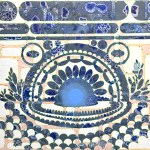


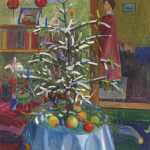
To my eye the visual correspondence between work made and work collected is clear, the debt humble.
It is decidedly odd that Mr Carrier writes that Hodgkin did not articulate his concerns for this collection of Indian paintings. The book Visions of Mughal India published in conjunction with the collection’s exhibition at the Ashmolean Museum in 2012 includes an Introduction and three Appendices in which Hodgkin addresses his collecting and the collection. On page 9 under the heading Notes on the Collection, Hodgkin writes: “The pictures are chosen according to my idea of aesthetic quality, rather than any other criteria. My collection has nothing to do with art history, it is entirely to do with the arbitrary inclinations of one person.” There is much more as well.
Bravo, well done.